Changing tastes drive sales shifts at Frieze Masters
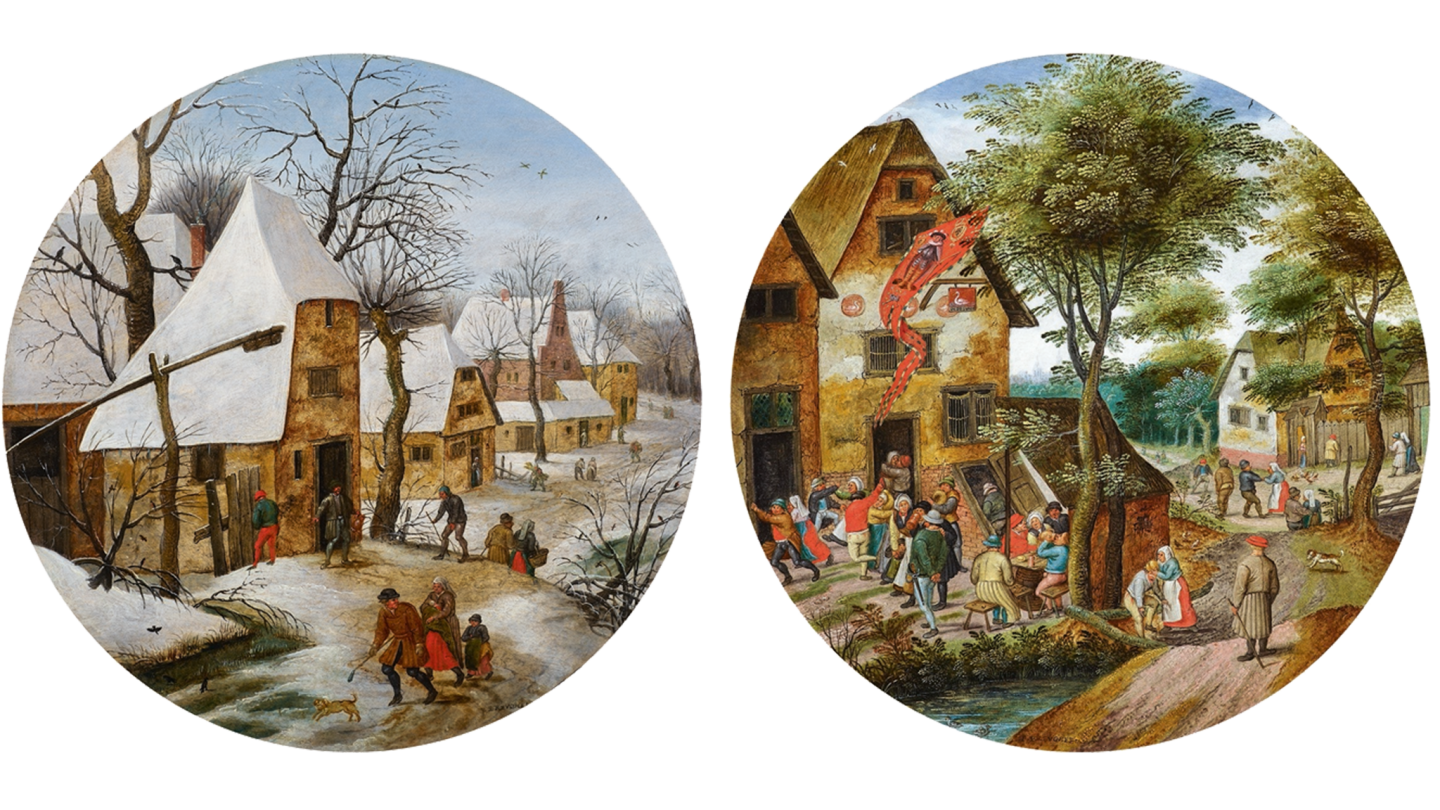
Roula Khalaf, Editor of the FT, selects her favourite stories in this weekly newsletter.
At the inaugural edition of Frieze Seoul last month, the fair’s longest queues were not for the contemporary art on offer but for the galleries exhibiting at Frieze Masters. This flourish of older art — “perfectly polished gems amid a sea of rough diamonds” was how Frieze Masters director Nathan Clements-Gillespie described it — intrigued the Korean audience. Their curiosity and enthusiasm did not, however, translate into a buying frenzy, dealers say.
This disconnect between critical acclaim and commercial success has haunted the elegant aisles of Frieze Masters from the first. The event was conceived as a fresh take on the encyclopedic art fair, a display of select works representing the sweep of civilisation, from antiquity and the medieval world to Old Masters right up to the late 20th century. Organisers and exhibitors worked to beguile contemporary-art collectors into opening their eyes to the rich array of art that was contemporary once. As the London fair prepares to celebrate its 10th anniversary, there has been no diminution of ambition but the changing exhibitor list and the evolving types of art they bring reveal the reality that not everything sells well at Frieze Masters.
One veteran exhibitor who has held fast to his original conception over the decade is the medieval art specialist Sam Fogg. “We have always done well here,” he says. “It is without doubt our best fair anywhere in the world. You are more likely to see American museum curators at Maastricht but if you want to meet someone you never knew existed, Frieze Masters is the place. It is a trite thing to say, but this is the fair where you are most likely to find crossover clients.” At the first edition, for instance, two artists being shown at Frieze London crossed Regent’s Park and bought paintings and sculpture. In 2019 he sold a full-size 13th-century sculpture of Christ on the Cross: “Not the kind of thing you would expect to sell to a private collector.”
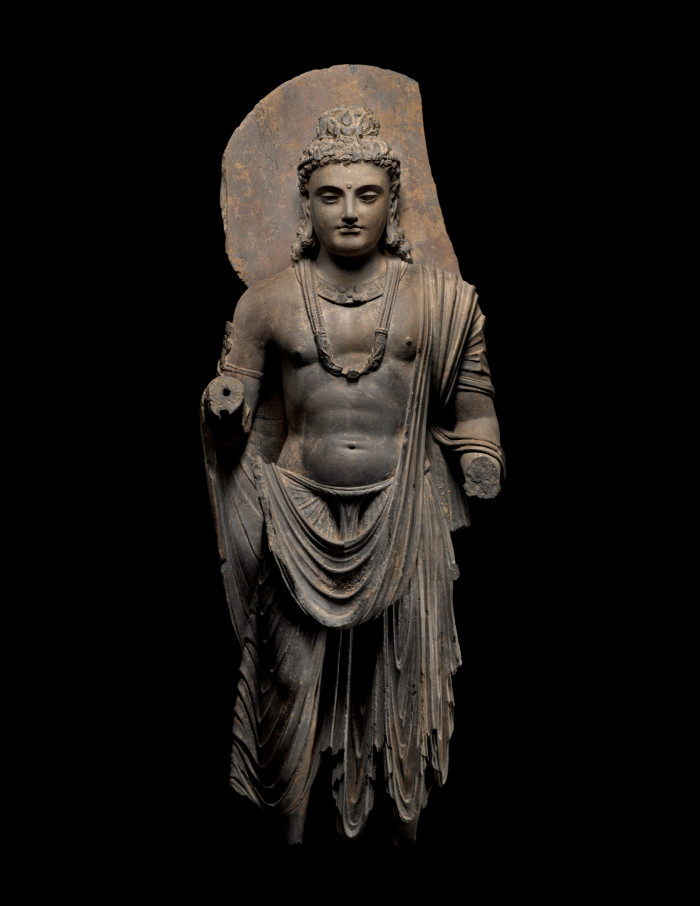
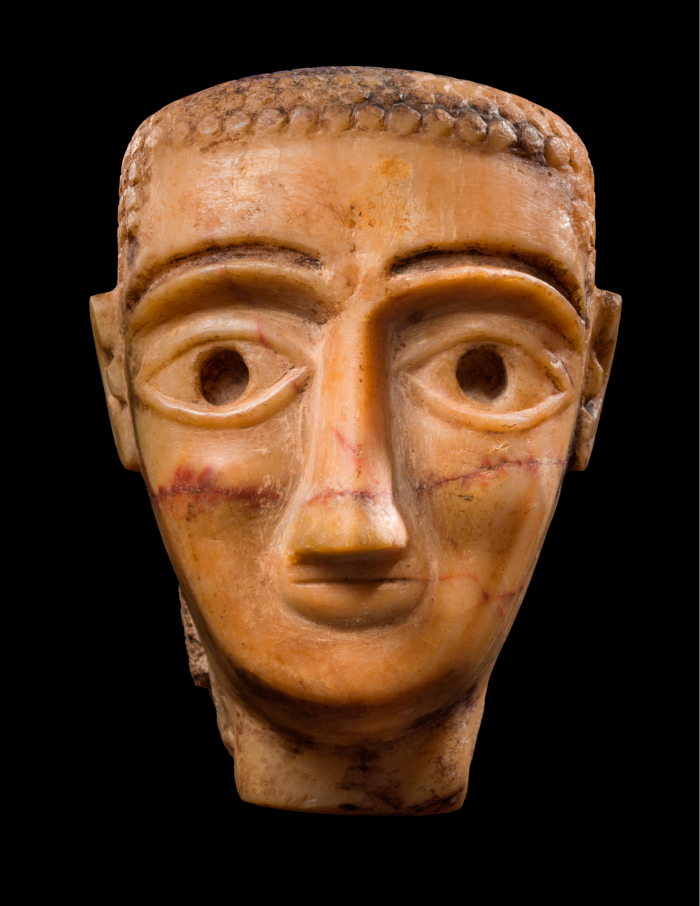
Fogg is favoured because the raw emotion, pure line and strong colour of so much medieval art speak to modern sensibilities — it can also sit well with minimalist and abstract pieces. Dealers in classical antiquities have a similar advantage. Rupert Wace, for instance, had been selling to contemporary-art collectors long before his Mesopotamian stone duck weights flew off his stand at the first Frieze Masters. Back in 2012, he was the sole specialist exhibitor in this field. Now there are five, including newcomers Charles Ede. Ariadne Galleries, for one, have fielded spectacular shows of museum-quality material and have been rewarded by significant sales. Now Carlton Rochell Asian Art joins the fray by bringing the likes of a classical grey schist figure of Bodhisattva dating to third/fourth-century Gandhara in modern-day Pakistan.
For similar reasons, Johnny van Haeften has done well with the almost naive genre scenes of the early-17th-century Flemish painter Pieter Brueghel the Younger, narratives of everyday life full of incidental detail. One major rediscovery sold to a collector who flew in from New York after seeing it reproduced in this newspaper. While such a painting would have been snapped up anywhere, both Van Haeften and Salomon Lilian have sold Dutch or Flemish pictures here every year bar one, not infrequently to new buyers in the field who also collect contemporary art. “There are 45- or 50-year-olds entering the Old Master market, but you have to be aware of changing taste,” Boedy Lilian of Salomon Lilian warns. This year, De Jonckheere flourishes three round panels by Pieter Brueghel the Younger representing the seasons.
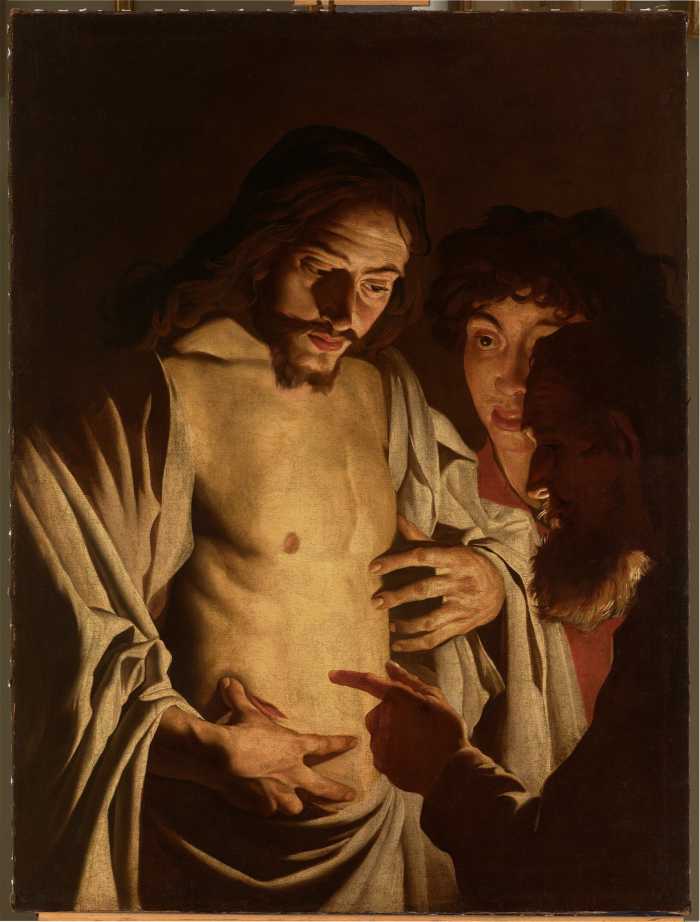
Old Master paintings of the gilt-framed variety and refined bronze and marble sculptures pose more of a challenge, especially given there are no accompanying auctions in London drawing international collectors. While Clements-Gillespie points out that the ratio between dealers offering modern art and older art has remained constant at about 60:40, the statistic does not reflect how those exhibitors selling both have gravitated towards the 19th or 20th centuries. In 2012, for instance, Robilant + Voena presented 18th-century Italian view paintings and just two 20th-century masters. Over the years, this dynamic has been reversed. Their “crossover”, according to Edmondo di Robilant, is Old Master clients now buying modern art.
It is a similar scenario at Agnews, which will be showing a sprinkling of Old Masters while focusing on the likes of “The White Door” (1888), the first of Vilhelm Hammershøi’s hauntingly empty interiors. “Over the years we have discovered what works,” says drawings dealer Stephen Ongpin. “The majority of what we bring now is 19th- and 20th-century but if we do a thematic hang, such as when we bought Tiepolo drawings, that worked really well too.” For Andreas Pampoulides of sculpture and paintings gallery Lullo Pampoulides, “any pre-19th-century art has to be strong — gruesome or sexy. It’s all about taking work with good stories to tell.”
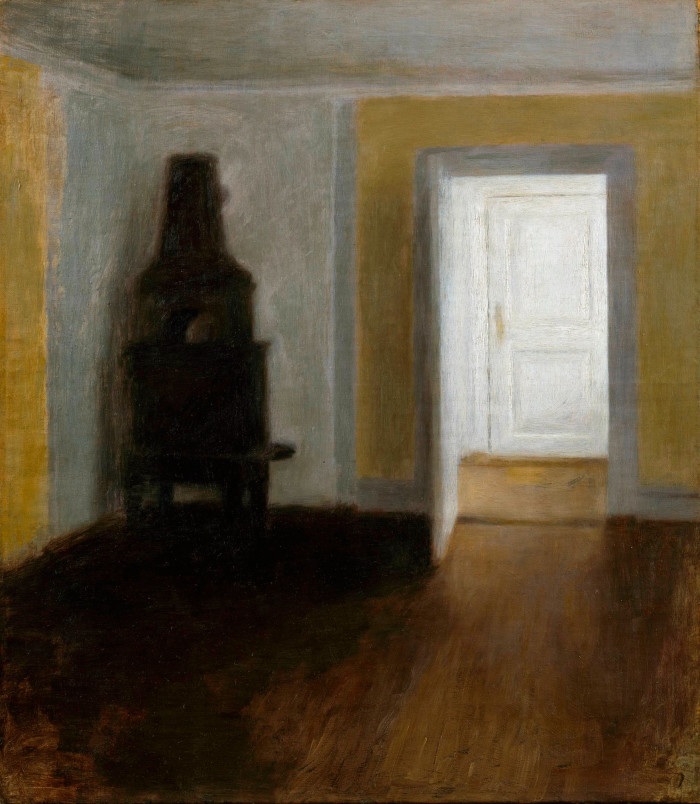
Storytelling is key to making the old or unfamiliar accessible to a new audience. It is emphasised this year through the Frieze Masters initiative Stand Out: Global Exchange, for which Luke Syson, director of the Fitzwilliam Museum in Cambridge, has highlighted art objects of all media on 10 stands throughout the fair (or, in the case of Axel Vervoordt, the whole stand). “Global encounter is embedded in textiles, ceramics and metalwork in a way it is not in paintings and drawings,” he says. “It is hard to image a more compelling story than the way they interact in the creation of objects.”
Textile designs are mirrored in armour (Peter Finer), while the gold and silver vessels of Tang-dynasty China (618-907) at Gisèle Croës reflect the influences of Central Asia. Amir Mohtashemi presents Chinese and Iznik ceramics produced specifically for the Indian and Islamic markets, as well as 19th-century Indian Company School paintings commissioned by Europeans as records of local flora and fauna.
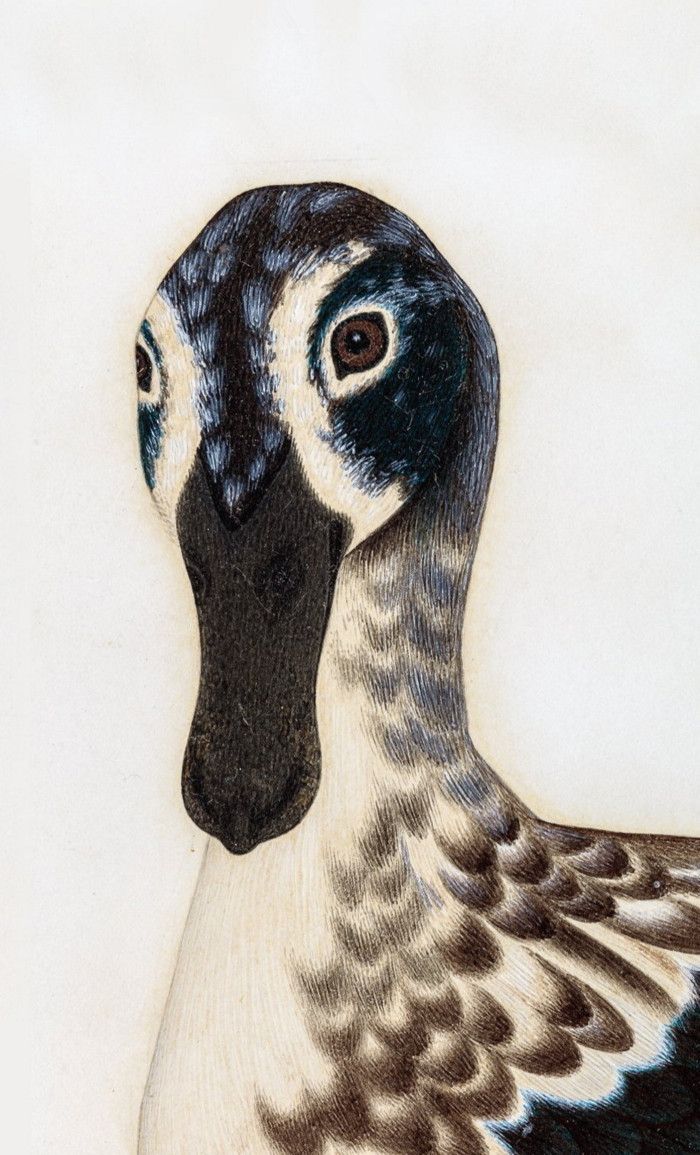
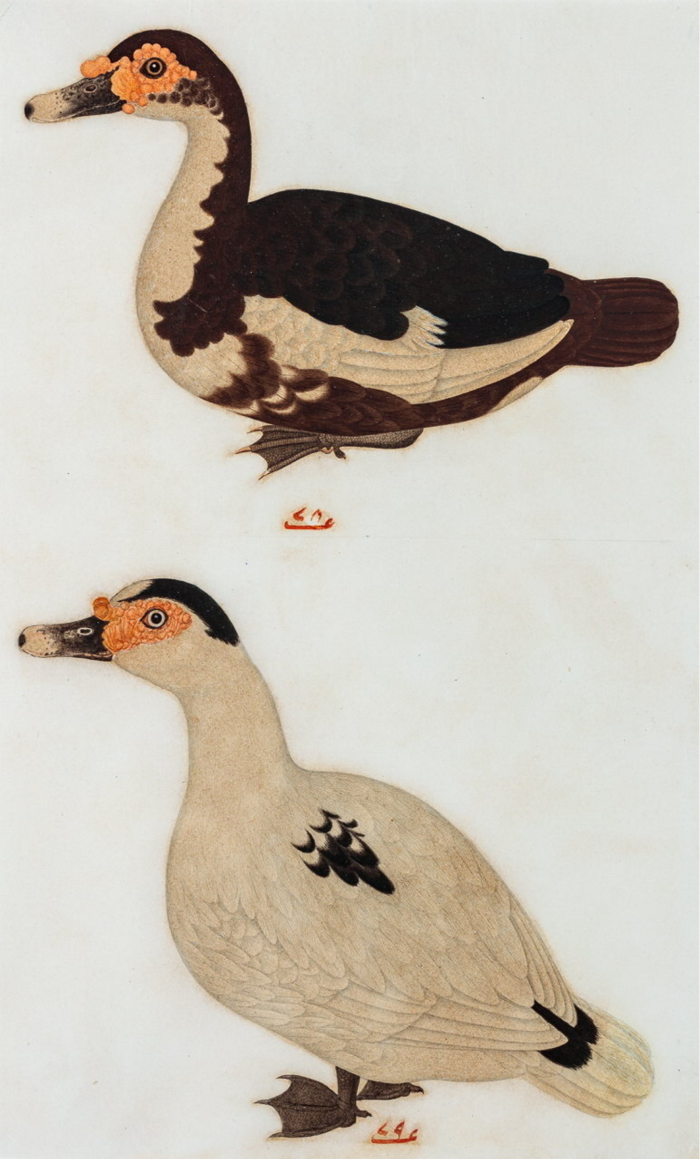
This fair has always astutely positioned all its exhibits, whatever their medium, as art with a capital A. That other A-word — antiques — is presumably never even whispered in the organiser’s office, although, as Clements-Gillespie smilingly admits, the event has become an art and antiques fair in all but name. Even once-banned furniture is now admitted — on plinths, of course. Dealer Richard Nagy, for instance, promises a Gesamtkunstwerk of the art and design of the Viennese Secession. For Frieze visitors and exhibitors, the decorative has been taken out of the decorative arts.
October 12-16, frieze.com
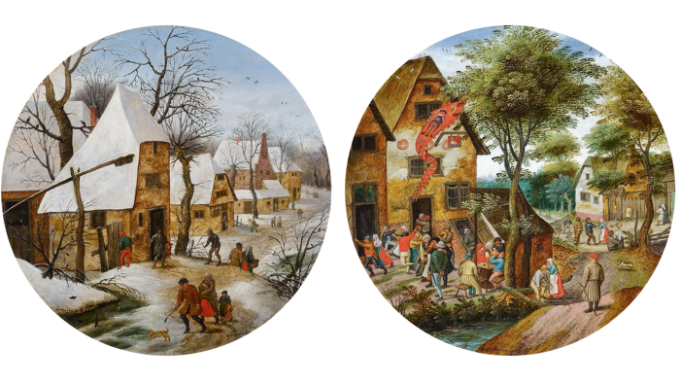
Comments